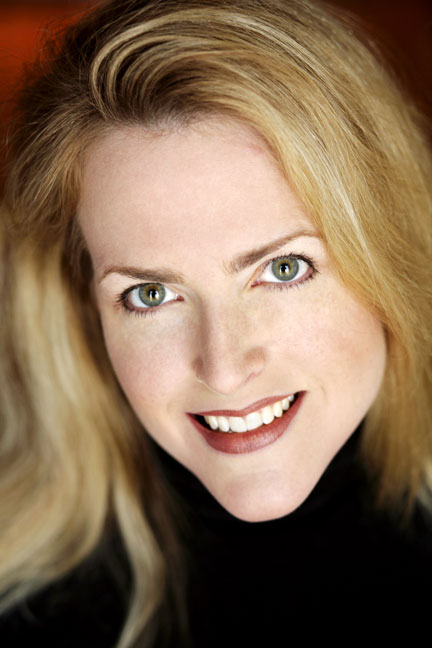Odds are, as a new PR professional you may find yourself working for a small business. What makes me say so? For starters, half of all private sector employees work for small businesses and small businesses generated 60 to 80 percent of new jobs, so says the U.S. Small Business Administration (SBA). Many of these businesses need PR help. A small business might higher young talent to keep expenses down, and you, as the young talent, might be interested in the additional responsibility that comes with working for a small business.
When working for a small business, your employer is your client. Small businesses offer a lot of opportunity for new PR pros like you, who might gain access to projects and responsibilities you might not get at larger companies. On the other hand, the smaller the business, the more non-PR work you might be expected to do, anywhere from admin to marketing to taking out the trash.
The term “small business” is allusive. The U.S. SBA tailors its definition of “small business” based on industry, but typically small businesses have fewer than 500 employees and make fewer than $14 million. This covers a huge spectrum, and it has a bearing on what you can expect from working in at a particular small business.
For an idea of what it will be like to work for a small business, pay attention to the number of employees a company has.
What PR activities could you expect to do?
The smaller the company, the more likely that you’ll be asked to take on multiple PR tasks. For example, if you’re the only PR professional at a small business, you may be required to write press releases, conduct media relations, and work on internal communications. On the other hand, the larger the company, the more likely that you will have a well-defined role and might have specialized work.
What are industry-specific challenges?
The major challenge to small businesses is limited resources. This might mean you have to get creative with your project budget. It also means you may have to learn to go without something that you previously thought was non-negotiable.
Working for a small business can also pose a professional challenge. You will probably be challenged to develop a skill set that you lacked. You will probably be challenged to multitask several various projects and tasks on a regular basis.
What kind of non-PR coursework/skills/interests could be helpful?
Not only should be well-trained in writing and PR, it would be helpful for you to have some coursework in
(1) the specific industry in which the small business belongs. You may not know exactly what you want to do; you probably couldn’t predict exactly where you will end up working; so dabble in anything that seems interesting to you. If you’re still in school, don’t be afraid to use those elective credits to explore the world beyond PR.
(2) marketing and business. Working for a small business may mean that you will have to take on business and marketing functions as well as PR ones.
(3) design. Again, the smaller the business, the more odds and ends you’ll have to take on. Having an understanding of web and print design could go a long way in a company with no designer or one who is out sick in the middle of a pressing deadline.
How can I find a PR job in a small business?
In one word: Networking. The smaller the business the less likely they will (1) know how or where to advertise a position or (2) be willing to pay fees to advertise a position only to receive a grab bag of candidates. Aside from networking, check publications and websites that offer localized listings, as small businesses might be unable to pay relocation fees and instead hope to draw a pool of candidates that are already living in their area. Local small business associations and bureaus might be another good place to start.
Janet Krenn is a Sea Grant Communicator at Virginia Sea Grant.

 Next week, on Wednesday, September 30, Mary Beth West will be telling new PR pros how to generate opportunity and avoid common mistakes in the teleseminar,
Next week, on Wednesday, September 30, Mary Beth West will be telling new PR pros how to generate opportunity and avoid common mistakes in the teleseminar,